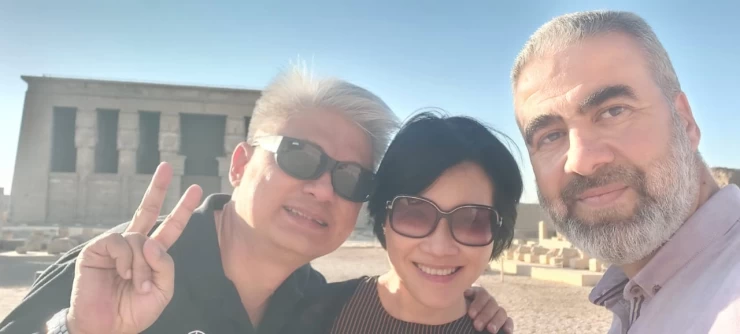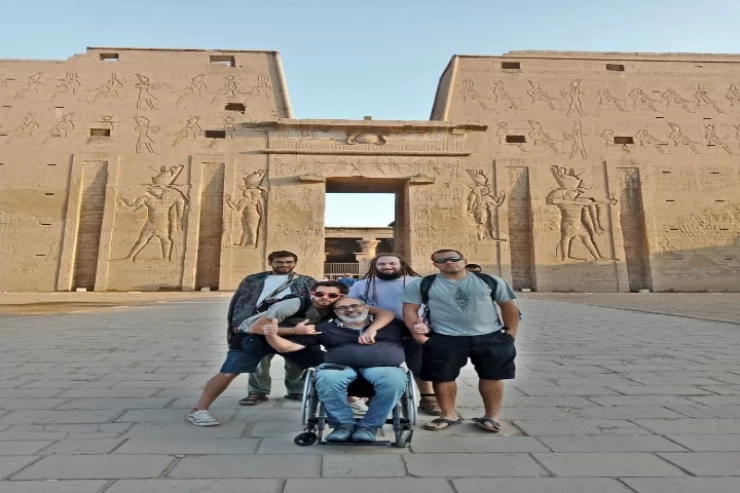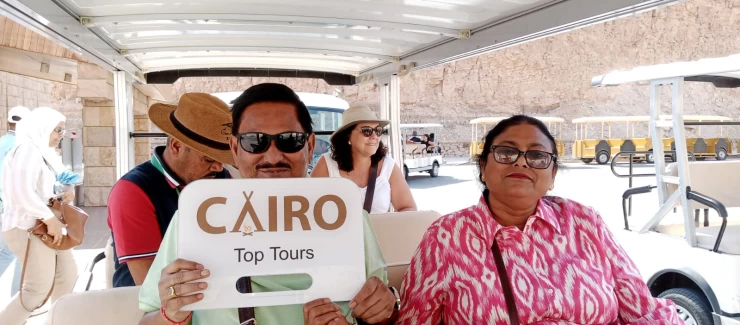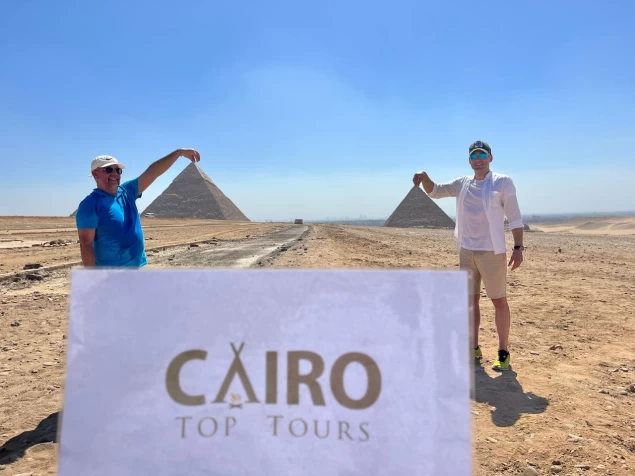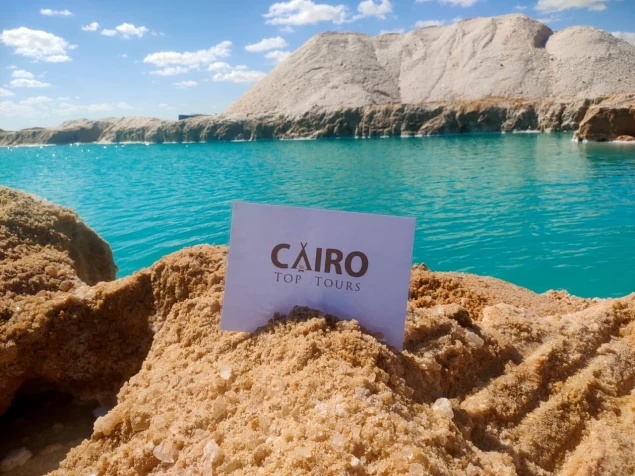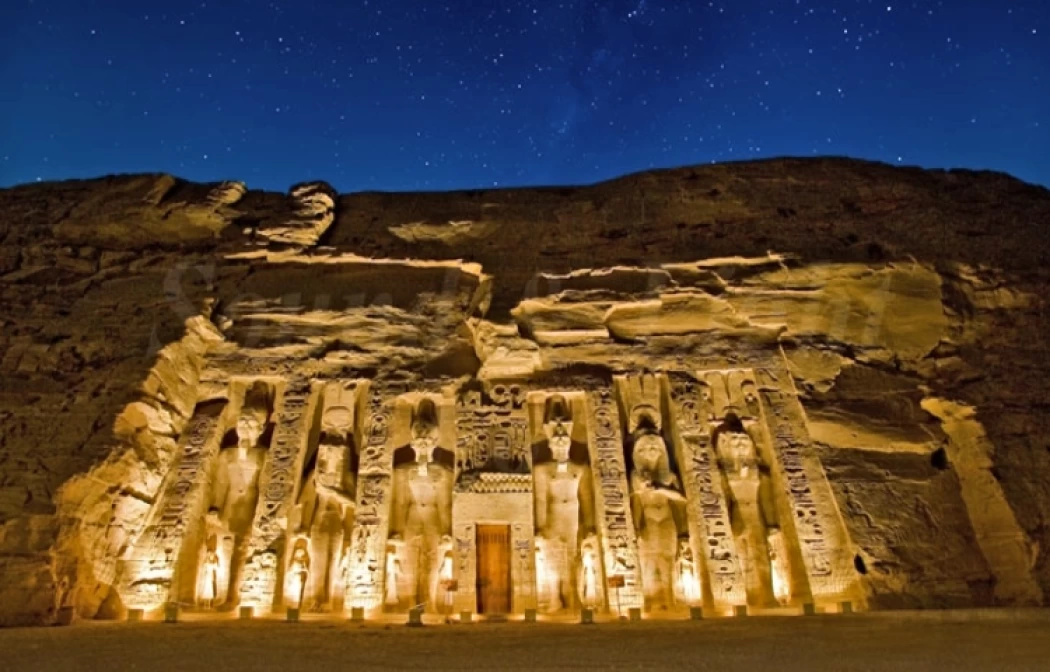
Facts about The Nile Valley civilization
The success of the ancient Egyptian civilization is partly due to its ability to adapt to the conditions of Agriculture in the Nile Valley. the population, social, and cultural development. The numerous achievements made by the ancient Egyptians include the technologies of Quarry exploitation, surveying, and construction, which supported the construction of pyramids, temples, and huge obelisks. A system of Mathematics, a practical and effective system of Medicine, irrigation systems, and agricultural production technologies, the first known wooden boats, Egyptian ceramics, and glass technology.
Ancient Egypt left a lasting legacy for all mankind; the ancient Greeks took a lot from it, and the Romans followed them. Egyptian civilization, art, and architecture were widely copied and imitated in the world, and their monuments were transported to distant parts of the world. Its huge monuments have influenced and inspired the imagination of travelers and writers for thousands of years. The discoveries of Egyptian antiquities and excavations at the beginning of the modern era by Europeans and Egyptians led to scientific research in Egyptian civilization.
History
History of the inhabitants of Egypt. In the late Paleolithic, the climate in North Africa gradually turned into heat and drought, forcing the inhabitants of the region to concentrate along the Nile Valley. And since primitive man lived in the region during the late Pleistocene about 120 thousand years ago, the Nile River has become the lifeblood of Egypt. Fertility, accompanied by the flooding of the Nile, gave the population the opportunity to develop an agricultural economy, strengthen the stability of the centralized society, which, as some see.
Some historians believe that the construction of the pyramids in Egypt was one of the purposes of joining the people together, as he gathered workers from all over Egypt to participate in the construction of the pyramids. These were national projects in which the various inhabitants participated, so they cooperated in work and lived together, in addition to uniting their ideological vision, that Pharaoh takes care of their affairs in the world, and after his death he goes to the gods and begs them to help the inhabitants to live and protect them.
Period before captivity
Savannah grasses covered large areas of Egypt and were traversed by grazing herds of ungulates. Livestock and vegetation were more abundant than now in all regions, and the Nile River area was helped by the breeding of flocks of waterfowl. A traditional jar used by the Naqada peoples in the pre-dynastic era. In about 5000 BC, small tribes lived in the Nile Valley and grew and developed a series of cultures dominated by agriculture and animal husbandry, in addition to pottery Holdings and private property.
The Naqada leaders sought to extend their control over Egypt north along the Nile River by establishing power centers in hierakonpolis and then in Abydos, The Naqada peoples made a variety of precious goods, reflecting the increased energy and wealth of the elite class, which included painting pottery, high-quality decorative stone vases, artistic paintings and jewelry made of gold, Alabaster and Ivory.
The beginning of the dynastic era
Narmer's painting depicts the unification of the two lands. Main article: The era of the early Egyptian dynasties. An Egyptian priest in the third century BC classified the Pharaohs from Mina to his ERA into 30 ruling dynasties, the same classification that is still used today. He chose to begin his official classification with King Minni (or Mina in Greek), who is widely believed to have united the kingdoms of Upper and Lower Egypt around the year 3200 BC.
However, some researchers now believe that the legendary Mina is the same Pharaoh Narmer, who was depicted wearing a royal outfit on the ceremonial Narmer panel in a symbolic step of unification. In the era of the early dynasties around 3150 BC. In addition, the first Pharaoh extended his control over Lower Egypt by establishing a capital in Memphis, from which it was possible to control the labor force and agriculture in the fertile delta region, in addition to controlling the trade traffic heading to the Levant.
The monarchy developed and strengthened its power by giving the Pharaohs the factor of legitimacy of state control over land, labor, and resources indispensable for the survival and growth of the ancient Egyptian civilization.
The first transitional period
The rulers of the territories could not count on the king for help in a time of crisis, and the ensuing period of food shortages, conflicts, and political disagreements, Despite these difficult problems, local leaders, disdaining the Pharaoh, took advantage of their new independence to establish a prosperous civilization in the provinces. By controlling the resources of the special provinces, the territories and districts have become economically richer; a fact that has been witnessed by all segments of society. The local craftsmen relied on and adapted motifs that were previously forbidden in the Old Kingdom, as well as new literary styles that expressed the optimism and originality of this period. Local rulers began to compete with each other for control of territories and political power, moving away from their loyalty to the Pharaoh.







